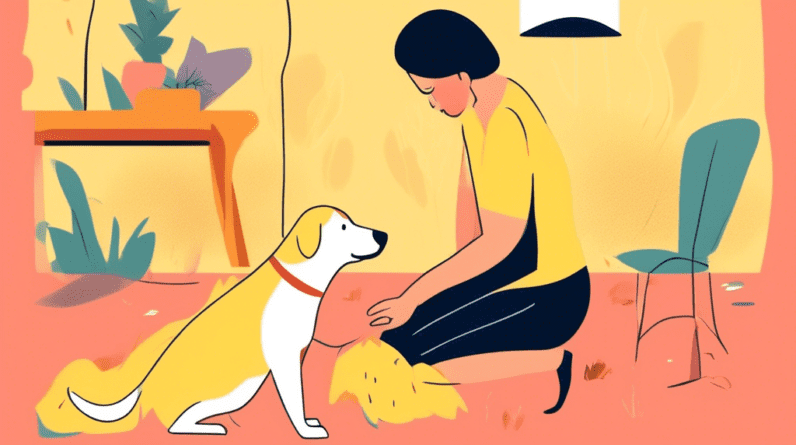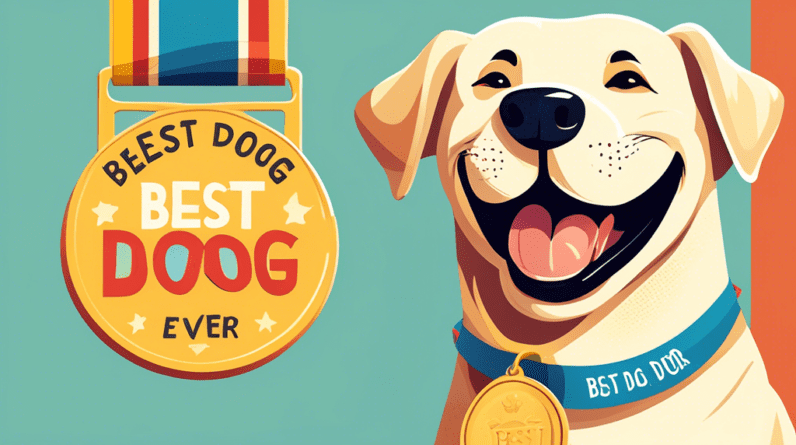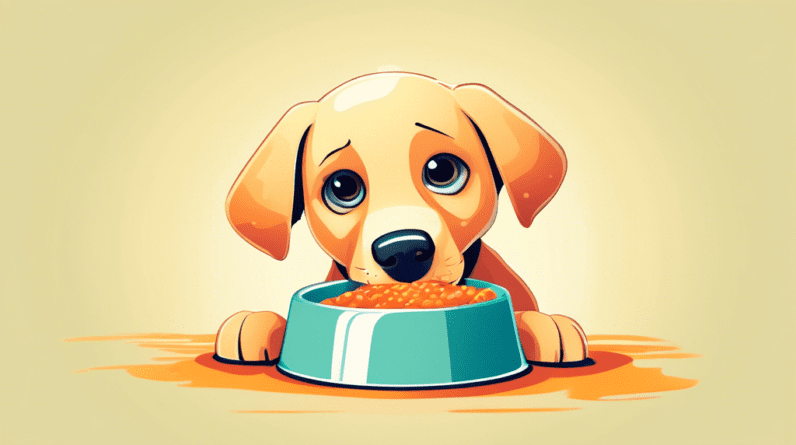
Why Is My Labrador Losing Hair? Common Causes and Solutions
Labrador Retrievers are known for their luscious, water-resistant double coats that shed moderately throughout the year. But if you’ve noticed your Lab shedding more than usual, or if you’re finding bald patches on their fur, it’s natural to be concerned. While some shedding is normal, excessive hair loss can be a sign of an underlying health issue.
Understanding Normal Labrador Shedding
Before we delve into potential problems, it’s important to understand the normal shedding cycle of a Labrador Retriever. Labs have a double coat consisting of a dense, water-repellent outer coat and a softer, insulating undercoat. They shed this undercoat twice a year, usually in spring and fall, as the seasons change. During these periods, you’ll likely see a dramatic increase in fur around your house, even with regular brushing.
Factors that can influence normal shedding in Labs include:
- Age: Puppies shed their puppy coat around 4-6 months of age, which can look like excessive shedding.
- Hormones: Female Labs may shed more during pregnancy, after giving birth, or when they are in heat.
- Neutering/Spaying: Some Labs experience changes in their coat texture and shedding patterns after being spayed or neutered.
Common Causes of Excessive Hair Loss in Labradors
If your Lab’s shedding seems excessive or you notice patches of hair loss, it’s crucial to consult your veterinarian to rule out any underlying medical conditions. Here are some of the most common culprits:
1. Allergies
Just like humans, Labradors can suffer from allergies. These allergies can be triggered by various factors, including:
- Food allergies: Common culprits include beef, chicken, dairy, wheat, and soy.
- Environmental allergies: Pollen, dust mites, mold, and certain fabrics can trigger allergic reactions.
- Flea allergy dermatitis: An allergic reaction to flea saliva, often causing intense itching and hair loss around the base of the tail and hindquarters.
Symptoms: In addition to hair loss, dogs with allergies may experience itching, scratching, red and inflamed skin, ear infections, and digestive issues.
2. Parasites
External parasites like fleas, ticks, and mites can cause intense itching and irritation, leading to hair loss. Fleas are particularly problematic as their saliva triggers an allergic reaction in many dogs.
Symptoms: Excessive scratching, chewing, or biting at the skin, visible fleas or flea dirt (small black specks) on the skin, scabs, and secondary skin infections.
3. Infections
Bacterial or fungal infections can also cause hair loss in Labradors. These infections can be caused by a variety of factors, including:
- Yeast infections: Overgrowth of yeast on the skin, often causing a musty odor, itching, and hair loss.
- Ringworm: A highly contagious fungal infection that appears as circular, scaly patches of hair loss.
- Bacterial infections: Often secondary to allergies or other skin conditions, causing redness, inflammation, and hair loss.
4. Hormonal Imbalances
Hormonal imbalances, such as hypothyroidism (underactive thyroid gland) or Cushing’s disease (overproduction of cortisol), can disrupt the normal hair growth cycle, leading to hair loss.
Symptoms: Other symptoms of hormonal imbalances can include weight gain, lethargy, increased thirst and urination, skin changes, and behavioral changes.
5. Stress or Anxiety
Stress or anxiety can manifest physically in dogs, sometimes leading to hair loss. Common stressors include changes in routine, moving to a new home, the arrival of a new pet or family member, or loud noises.
Symptoms: Besides hair loss, stressed or anxious dogs may exhibit changes in appetite, increased panting or drooling, destructive behavior, or changes in vocalization.
6. Genetic Predisposition
Some Labradors may be genetically predisposed to certain skin conditions that cause hair loss, such as alopecia. These conditions may be present from birth or develop later in life.
Symptoms: Alopecia can manifest as symmetrical hair loss, often on the flanks, chest, and inner thighs.
7. Nutritional Deficiencies
A lack of essential nutrients in a Lab’s diet can affect their overall health, including skin and coat condition. Deficiencies in fatty acids, zinc, or other vitamins and minerals can contribute to hair loss.
Symptoms: Besides hair loss, nutritional deficiencies can lead to dull coat, dry skin, poor growth, and other health problems.
Diagnosing the Cause of Hair Loss
If your Labrador is experiencing hair loss, it’s essential to take them to the veterinarian for a proper diagnosis. The veterinarian will likely:
- Conduct a physical exam: This includes checking for parasites, skin lesions, and other abnormalities.
- Review your dog’s medical history: Be prepared to discuss your dog’s diet, lifestyle, any medications they’re taking, and any recent changes in their environment or routine.
- Perform diagnostic tests: This may include skin scrapings to check for mites, fungal cultures to diagnose ringworm, blood tests to assess organ function and hormone levels, or food trials to rule out food allergies.
Treatment Options for Hair Loss in Labradors
Treatment for hair loss in Labradors will depend on the underlying cause. Some common treatment options include:
- Medications: Antibiotics for bacterial infections, antifungals for yeast infections or ringworm, antihistamines for allergies, or medications to address hormonal imbalances.
- Parasite prevention: Regular use of flea and tick preventives is crucial for preventing infestations.
- Dietary changes: Switching to a hypoallergenic diet or eliminating potential allergens from your dog’s food.
- Medicated shampoos and conditioners: To soothe irritated skin, control infections, and promote hair growth.
- Stress reduction: Identifying and minimizing stressors in your dog’s environment and providing them with plenty of love and attention.
- Supplements: Adding essential fatty acids or other supplements to your dog’s diet can improve skin and coat health.
When to See a Veterinarian
While some shedding is normal, it’s crucial to contact your veterinarian if you notice any of the following:
- Sudden or excessive hair loss
- Bald patches or thinning hair
- Red, inflamed, or irritated skin
- Excessive scratching, licking, or biting at the skin
- Scabs, sores, or other skin lesions
- Changes in appetite, energy level, or behavior
Preventing Hair Loss in Labradors
While not all causes of hair loss are preventable, there are steps you can take to minimize your Labrador’s risk:
- Provide a healthy diet: Feed your Lab a high-quality, balanced diet that meets their nutritional needs.
- Practice good grooming: Regular brushing helps remove loose fur and distribute natural oils, keeping the coat healthy.
- Administer parasite prevention: Use year-round flea and tick preventives as recommended by your veterinarian.
- Schedule regular veterinary checkups: Early detection and treatment of health issues can prevent or minimize hair loss.
- Manage stress: Create a calm and predictable environment for your Lab and provide them with plenty of exercise, mental stimulation, and affection.
By understanding the common causes of hair loss in Labradors and seeking prompt veterinary attention, you can help your furry friend maintain their healthy, beautiful coat.






